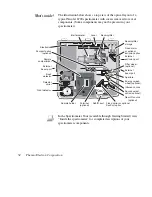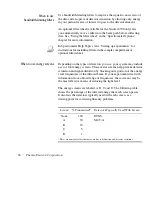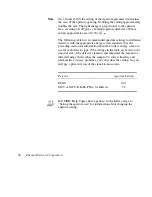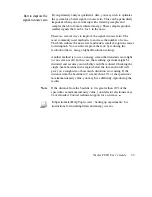
Improving the quality
of your spectral data
If you are using the spectrometer for quantitative analysis or other
demanding applications, you are concerned with the precision and
accuracy of your spectra. For these types of applications it is important
that the spectra you collect have high wavelength precision. This
means that the frequency axis (X-axis) location of peaks in a spectrum
is consistently reproducible and within IUPAC (International Union of
Pure and Applied Chemistry) published specifications. You must also
be certain that your spectrometer responds linearly to the samples you
are studying. This means that absorption band intensity is directly
proportional to the number of molecules subjected to the light beam;
thus, as the number of molecules in the beam increases, the detected
absorbance signal also increases at a consistent rate.
If you are studying samples that produce tiny spectral peaks or have
weak spectral features, or if you are looking for small changes in
your samples, make sure the signal-to-noise ratio is high enough to
let you distinguish spectral features from the noise inherent in all
experimental data. This prevents the signals containing spectral
information from being lost among the signals generated by the
random movement of electrons, building vibrations, light source
fluctuations and other such sources.
The next sections explain several ways you can optimize Thermo
Electron detectors to improve the quality of your spectral data.
Improving linearity
and photometric accuracy
Some detectors (including PbSe, Si, MCT-A and InSb detectors) are
highly sensitive and can become saturated or produce a distorted
(non-linear and photometrically inaccurate) signal if the light energy
is not reduced before it reaches the detector element or if the
detector gain is set too high.
Look at a single-beam spectrum in the low-end region around 600 to
375 cm
-1
. You should see a straight line very near 0 intensity units.
As a rule of thumb, the distance from 0 to the baseline should be less
than 1% of the spectrum’s maximum intensity value. If the detector
is saturated, you will see false energy in the low-end region. The
baseline might be far above zero.
64 Thermo Electron Corporation






























